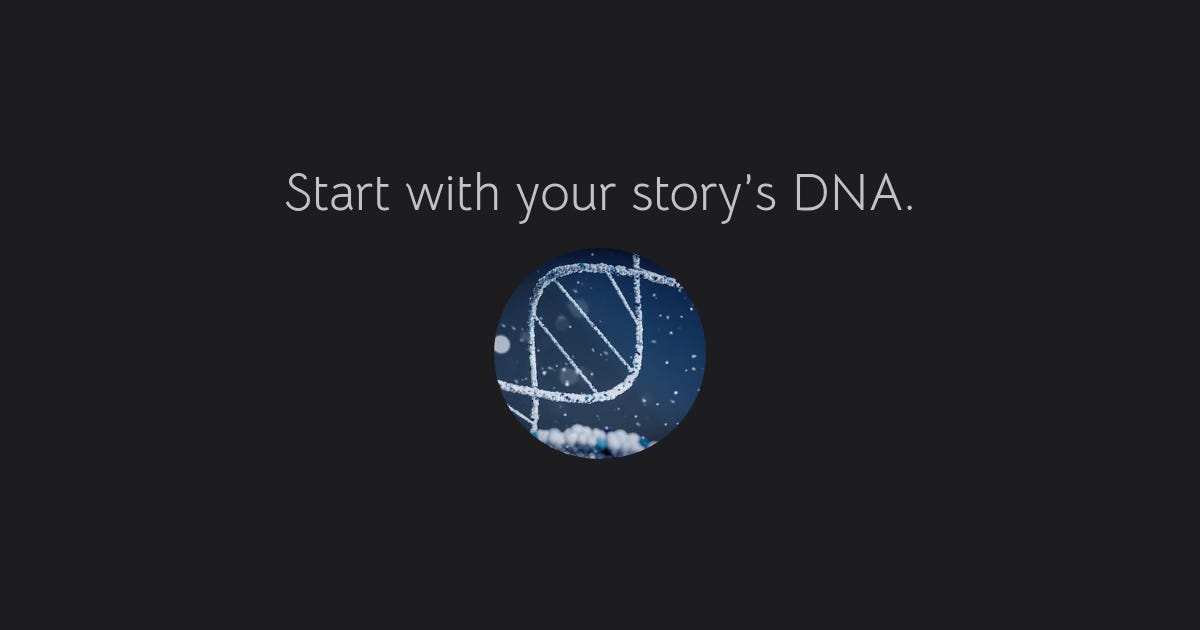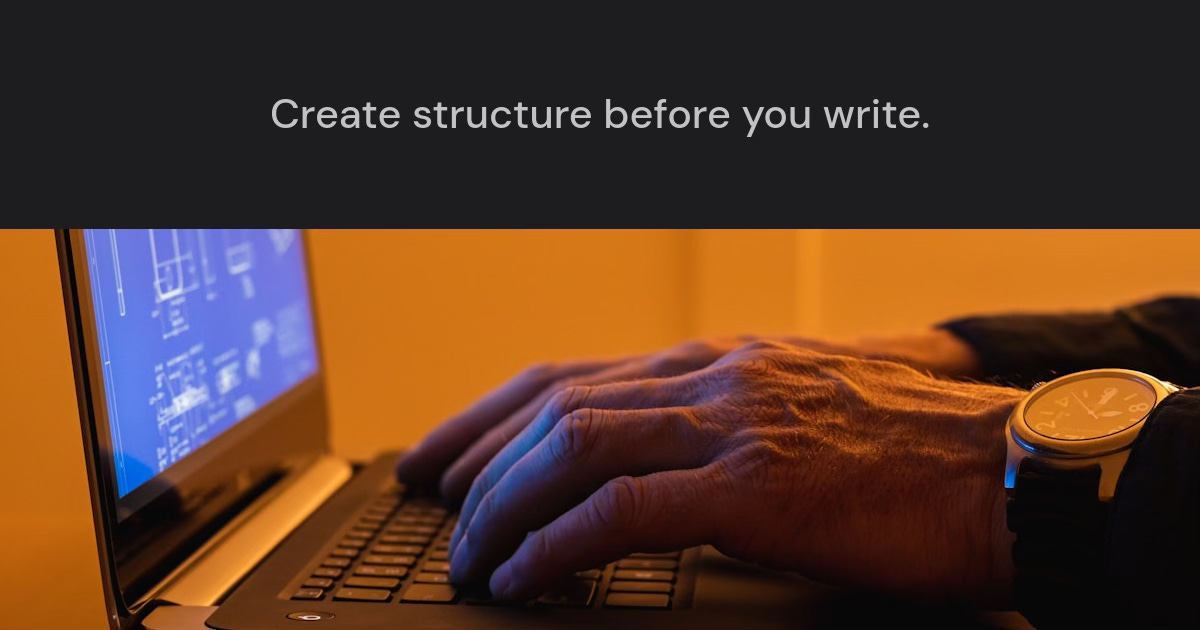How to Create a Scene Brief: For Writers Who Want a Scene Template That Actually Helps
…a practical process to plan focused chapters, stay emotionally grounded, and make your AI assistant actually useful.
Hey, AI novelist,
Ever sit down to write a chapter and think, “Wait—what’s actually supposed to happen here?”
Yeah. Same.
That’s why today we’re diving into one of the most underrated tools in your AI writing workflow: the scene brief template.
Not just any template.
No, not around here.
But today we’re creating one tailored to your voice, your genre, and your story structure.
Whether you’re still outlining your story or you're ready to start drafting, this step is about giving your chapters direction, purpose, and emotional clarity—before a single word of prose hits the page.
Open a new Chat (or your favorite notebook), and let’s get to work.
💫 Are YOU a DT Rockstar? Not yet? This is your personal invitation to join a community of passionate writers dedicated to crafting stories readers can’t put down. With weekly Q&A sessions, interactive workshops, and a supportive space to help you level up your craft, you’ll have everything you need to write your next addictive novel. Let’s do it, together! HERE. 🙌🏾
What Is a Scene Brief (and Why Should You Care)?
A scene brief is your chapter’s blueprint.
It’s a short, structured breakdown of what happens in a specific part of your story—what the characters want, what’s at stake, how the emotional tone shifts, and what the reader should feel or wonder by the end.
Think of it like this: If your novel is a house, your scene brief is the architectural sketch.
You can’t build something solid without it.
A good scene brief helps you:
Focus your writing before you start
Ensure character arcs and subplots are progressing
Give AI models clear instructions when drafting
Avoid filler and keep pacing tight
Make editing a thousand times easier later
Whether you write chronologically or skip around, scene briefs let you capture your vision clearly—and turn it into a full, emotionally resonant chapter.
Scene Brief vs. Chapter Brief: What’s the Difference?
So what do you call it—scene brief or chapter brief?
Technically speaking:
A scene brief refers to a single unit of conflict, emotion, or change—like one argument, reveal, or quiet connection.
A chapter brief may contain one or more scenes tied together under a single POV or moment in time.
In practice, most AI models will follow your lead. If you say “scene,” it gives you one. If you say “chapter,” it’ll do that instead.
Bottom line? Use what makes sense for your workflow. Just be consistent. I personally lean toward “scene brief” but often use them to structure full chapters, especially when those chapters are tight and emotionally focused.
Set Your Story Up for Success with a Strong Foundation
Before you create a scene brief, the model needs context about the story it’s helping you write. That means you’ve got to plug in your world, your voice, and your vision.
Here’s how to do that:
Brand Statement: Share the kind of stories you write.(e.g., “Uplifting small-town romance with heart, humor, and healing.”)
Tone & Vibe: Let the model know what emotional space your story lives in.(e.g., cozy, heartfelt, low-stakes, swoony, or suspenseful)
Story Norms: Average length, chapter count, typical POVs, etc.
Recurring Elements: Think romance beats, mystery threads, town gossip, healing journeys—whatever your readers expect.
This may feel like extra setup, but it’s actually a shortcut. When the AI knows your voice and world, it can mirror that voice instead of fighting it.
Choose Your AI Strategically
This step is simple but important: Use the model you’ll draft in.
If you’re going to use ChatGPT to write your scenes, create and test your scene brief in ChatGPT. Same goes for Claude, Gemini, or any other model.
Each AI model has its own way of organizing content. To avoid unnecessary tweaking later, give it the format and tone you want upfront.
Build the Brief: What to Include
Keep reading with a 7-day free trial
Subscribe to Write a Novel with AI to keep reading this post and get 7 days of free access to the full post archives.




